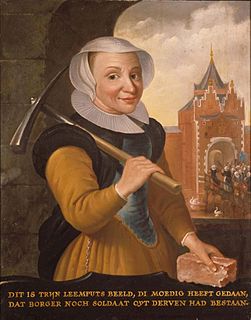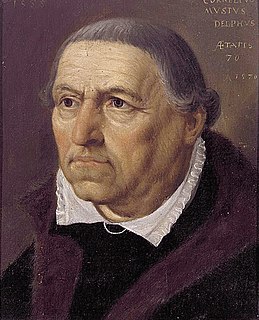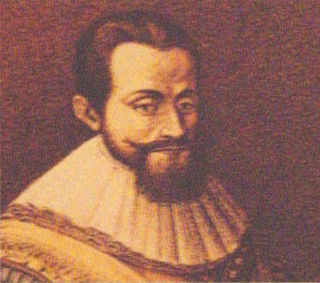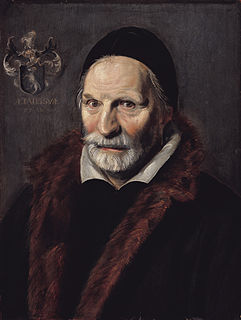 W
WWillem IV, Count van den Bergh (1537-1586) was the Dutch Stadtholder of Guelders and Zutphen from 1581 until his arrest for treason in 1583.
 W
WJacob Dircksz de Graeff was one of the most illustrious members of the De Graeff family. He was a powerful member of the States Faction, regent and mayor of Amsterdam after the political collapse of Reinier Pauw in 1627.
 W
WRombout Hogerbeets was a Dutch jurist and statesman. He was tried for treason, together with Johan van Oldenbarnevelt, Hugo Grotius, and Gilles van Ledenberg during the political crisis of 1617-1618 in the Dutch Republic, and sentenced to life-imprisonment. He shared Loevestein prison with Grotius.
 W
WAntoine II of Lalaing (1533–1568), 3rd count of Hoogstraten, was a patron and nobleman of the Southern Netherlands. He was the son of the second count Philip de Lalaing and his wife Anna of Rennenberg.
 W
WGilles van Ledenberg was a Dutch statesman. He was secretary of the States of Utrecht from 1588 until his arrest for treason in 1618, together with Johan van Oldenbarnevelt. He committed suicide to prevent forfeiture of his assets, but he was sentenced to death posthumously and posthumously executed.
 W
WTrijn van Leemput was a Dutch heroine of the Eighty Years' War against Spain. According to local legend in Utrecht, she led a large group of women on May 2, 1577, to the castle of Vredenburg and gave the signal to begin demolishing the castle.
 W
WMagdalena Moons was famous for her role during the Dutch war of liberation, when she saved the city of Leiden during its first siege by Spain in 1574.
 W
WCornelis Musius (1500–1572) was a Dutch Catholic priest and New Latin poet. He was the last rector of the Sint Agathaklooster in Delft, until hanged without due process on 10 or 11 December 1572. Although never officially canonised he has long been regarded as a martyr by Dutch Catholics.
 W
WAdolf van Nieuwenaar, Count of Limburg and Moers was a statesman and soldier, who was stadtholder of Overijssel, Guelders and Utrecht for the States-General of the Netherlands during the Eighty Years' War.
 W
WWeyn Ockers, or Weyn Duijf Adriaen Ockersdr, was a Dutch Protestant sentenced to death for heresy after having taken part in the famous Beeldenstorm, the iconoclastic riots, in Amsterdam in 1566.
 W
WReinier van Oldenbarnevelt, lord of Groeneveld, was a Dutch political figure.
 W
WWillem van Oldenbarnevelt, Lord of Stoutenburg was a son of Johan van Oldenbarnevelt. He was born in The Hague, where he was baptised at the court-chapel in November 1590.
 W
WMaria van Reigersberch was the wife of Hugo Grotius, who helped him escape in 1621 from Loevestein Castle during his incarceration there after his 1619 trial.
 W
WMaarten (Martin) Schenck van Nydeggen, was a noted military commander in the Netherlands.
 W
WMaria van Utrecht was a notable figure in the Dutch Revolt and the history of the Netherlands.
 W
WJacob van Wassenaer Duivenvoorde, lord of Obdam, was a famous Dutch naval commander, Lieutenant-Admiral of the United Provinces of the Netherlands and nobleman during the French Wars of Religion, the Anglo–Spanish War (1585–1604) and the Eighty Years' War.
 W
WJacobus Hendriksz Zaffius also known as Saffius or Saffio, was a Catholic pastor in Haarlem.